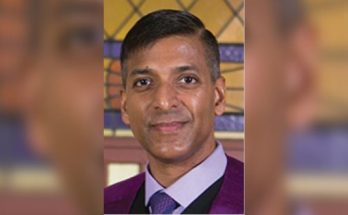By Don Patterson
Angel Gastelum met me as I walked into the department offices the first day. Angel had temporarily taken over as director of the department when Gerardo had quit in order to work on the campaign of Jesus. Angel was friendly face. I knew him from the last administration when he was the sub director of Urban Development.
Angel immediately took me into the private office of the director and showed me my desk and computer. Then he took me back into a large office space where the administrators of the department sat behind their desks. He introduced each of them to me and immediately left the office for his own. He was now the director of Urban Development. The whole affair took less than ten minutes.
I stood there in the middle of 12 employees sitting at their desks looking at me and thought, “Good God, they are expecting me to speak.”
Somewhere, a very long time ago, in a country not so far away, I read, “The difference between an executive and an administrator is, that the executive resolves problems while the administrator doesn’t want to see any problems”. Or at least, as I recall, something to that effect. As I have been both over my adult life the author’s words, for me, ring true. Especially in the world of public service. Being an administrator is a very difficult task and I never enjoyed it. My 13 year old grandson would call being an administrator boring. On the other hand, resolving problems for me is a habitual adrenalin rush. The larger and more difficult the problem(s) to resolve, the greater the rush. Ironically, when resolving problems it helps to be both humble and pragmatic. And I have found that every executive task ever undertook morphed between obstacles and opportunities. God bless, Margaret Mead. My good friend Dr. Mark Hill, put a name to it, he calls it Adaptive Management.
I had no idea what to say. I had no idea what my responsibilities were. I had no idea if I was even capable to perform them when I found out. However, in less than a few seconds, I smiled and said, “I plan to spend 50 percent of my time resolving environmental problems. The other 50 percent will be trying to avoid any potential problems. I will need your help.”
At that point I hesitated. I had no idea what they knew or what they could do to help. Then I thought of the environment and added, “For example, if you see storm clouds forming over the peaks of mount Picachos I want to know about them before it begins to rain.” Then I went into what I thought was the sanctuary of the director’s office. Boy was I mistaken!… continued next week.




